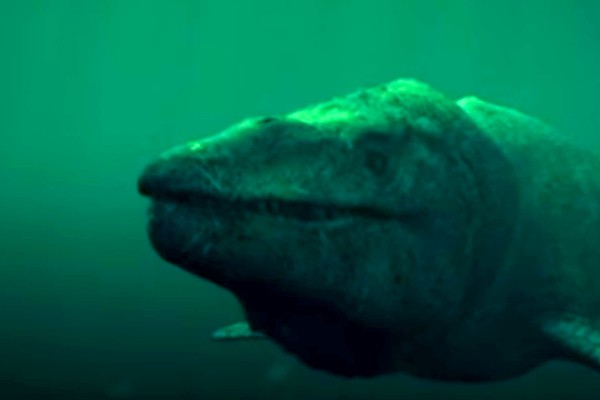Researchers have uncovered the birthing process of ancient gigantic lizards called "mosasaurs" that lived in the ancient oceans millions of years ago.
Specimens from young mosasaurs, which have been mistaken as from ancient birds, have been studied by researchers from the University of Toronta and the Yale University.
Paleontologists now accept the fact that the large mosasaurs gave birth not on land, but in the open ocean. The ancient marine lizards can grow up to 50 feet.
The study's findings now explain the initial environment of the mosasaurs, who populated most of the Earth's oceans and seas, predators during the period of dinosaurs. Their species became extinct about 65 million years ago, according to Phys.
Lead author Daniel Field said that mosasuars are one of the most-studied groups of vertebrate animals from the Mesozoic period, but the animals' birth story have been a question mark until their recent findings.
Field came across the mosasaur fossils in the Yale Peabody Museum. He said that the specimens were discovered more than a hundred years ago
Aaron LeBlanc, the study's co-author, said that their analysis led to the conclusion that mosasaurs did not lay eggs on shores or beaches, according to Science Codex.
In addition, the fossils were collected in the middle of an open ocean. LeBlanc added that the specimens were mistaken as birds because of their small size, and that there were no other features that point to them being from aviary creatures.
Their study about the mosasaurs, who also breathed air besides being powerful swimmers, was published online in the Paleontology journal on April 10.



























